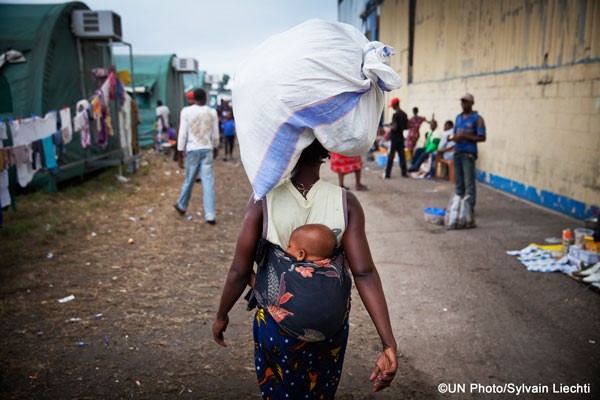
More than 136 million people across the world need humanitarian assistance to survive and become resilient as they face frequent natural disasters and conflicts. Their survival depends on adequate financing of supplies that reach them on time. Delivery needs to be timely and effective in helping everyone in need, especially vulnerable children, elderly and those who are ill. As funding needs outstrip supply, governments, donors and humanitarian agencies are increasingly demanding effective, efficient and cost-effective ways to deliver assistance. To help them meet these demands these agencies need rigorous evidence on what works and what does not, for whom, why and at what cost.
On World Humanitarian Day, 3ie, a Partner in GFAR, is sharing resources and evidence from their Humanitarian Assistance Evidence Programme. 3ie, in partnership with their donors know that better evidence is helping save lives by keeping people safe, providing shelter and food. Because more and better evidence is needed now more than ever before, 3ie is supporting seven rigorous impact evaluations in Chad, Democratic Republic of Congo, Mali, Niger, Pakistan, Sudan and Uganda. While these impact evaluations focus on effectiveness and efficiency, they also reflect a commitment to ensuring that evaluations work with vulnerable populations ethically, and in recognition that gendered inequalities create barriers to everyone getting the relief and support they deserve. These impact evaluations cover various sectors, including nutrition and food security; multi-sectoral humanitarian programming; and water, sanitation and hygiene.
Read more about the grants available under the Humanitarian Assistance Thematic Window here. 3ie also provides grants for assessments of agriculture and rural development. The Agricultural Innovation Thematic Window supports high-quality policy-relevant evaluations aimed at improving farmer well-being through promotion of innovative technologies, creation of markets, strengthening of value chains and use of effective communication.
Photo credit: @UN Photo/Sylvain Liechti
